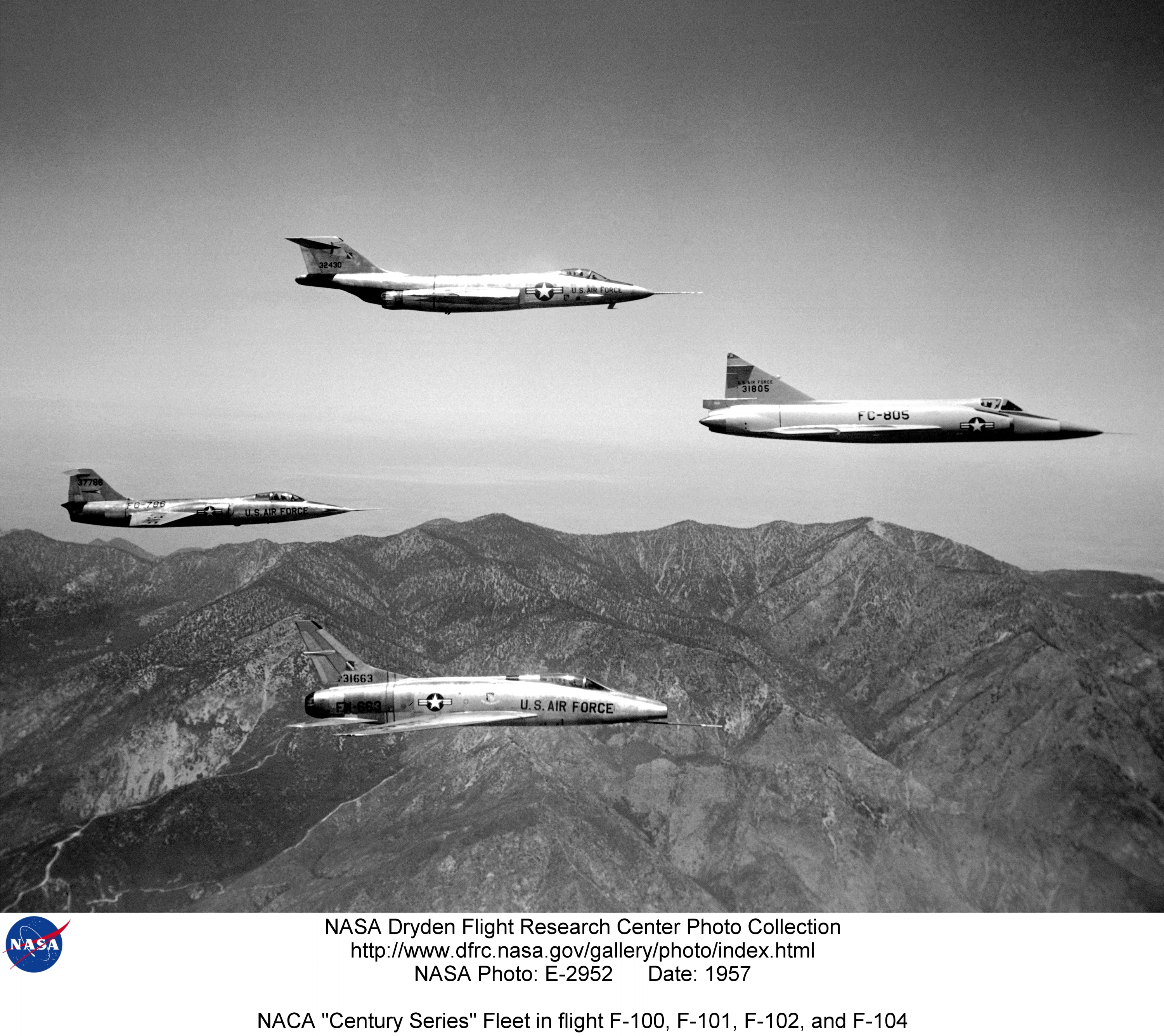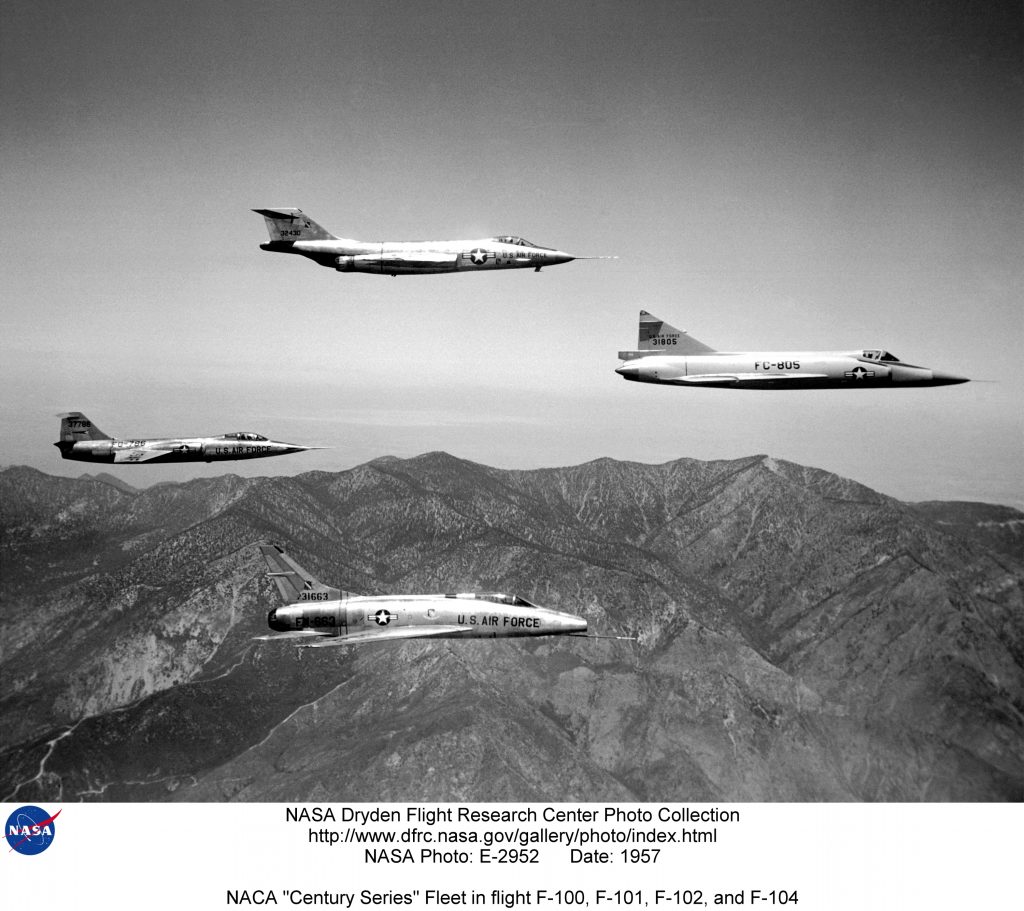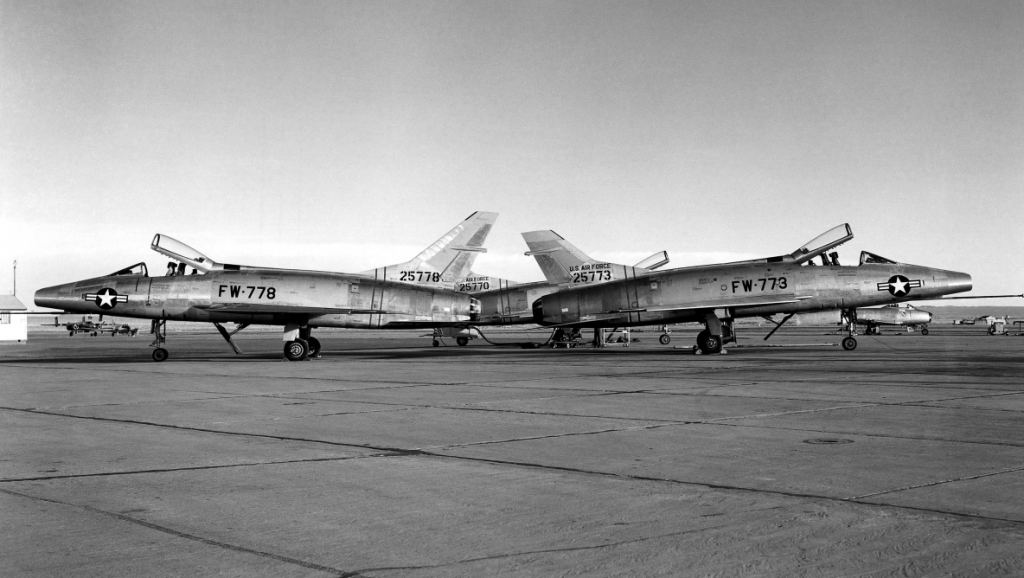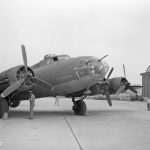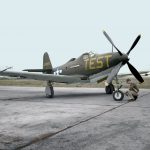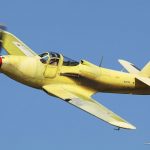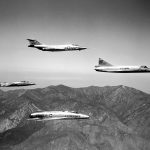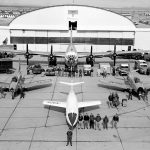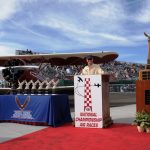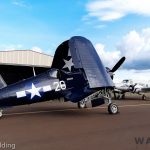For those of us who love aviation history, there is a special reminiscence associated with the Century Series fighter aircraft, similar to how others reflect on the automobiles of the same era. These supersonic fighters were also tested by the NACA Dryden Flight Research Center at Edwards Air Force Base, California.
The Dryden Flight Research Center was NASA’s premier installation for aeronautical flight research. Dryden was the “Center of Excellence” for atmospheric flight operations. The Center’s charter was to research, develop, verify, and transfer advanced aeronautics, space and related technologies. It was located at Edwards, Calif., on the western edge of the Mojave Desert, 80 miles north of Los Angeles.
On March 1, 2014, the facility was renamed in honor of Neil Armstrong. The center, previously known as the Dryden Flight Research Center (DFRC) from March 26, 1976, in honor of Hugh L. Dryden, a prominent aeronautical engineer who at the time of his death in 1965 was NASA’s deputy administrator. It has also previously been known as the National Advisory Committee for Aeronautics Muroc Flight Test Unit (1945), the NACA High-Speed Flight Research Station (1949), the NACA High-Speed Flight Station (1954), the NASA High-Speed Flight Station (1958) and the NASA Flight Research Center (1959).
Armstrong Flight Research Center was also the home of the Shuttle Carrier Aircraft (SCA), a modified Boeing 747 designed to carry a Space Shuttle orbiter back to Kennedy Space Center if one landed at Edwards.
Until 2004, Armstrong Flight Research Center operated the oldest B-52 Stratofortress bomber, a B-52B model (tail number 008) which had been converted to drop test aircraft, dubbed ‘Balls 8.’ It dropped a large number of supersonic test vehicles, ranging from the X-15 to its last research program, the hypersonic X-43A, powered by a Pegasus rocket. The aircraft was retired and is currently on display near the North Gate of Edwards.
The F-100 (lower center) had originally been built as a day fighter. The later versions were built as fighter bombers, with some seeing combat in Vietnam. The F-101 (top center) was designed as a long-range escort, but saw service as a fighter bomber, reconnaissance aircraft, and interceptor. The F-102 (right) was designed from the start as an all-weather interceptor, and was used in this role throughout its service life. The F-104 (left) was originally designed as a light-weight fighter, but ended up being used as an interceptor and fighter bomber.
In the photo below on the left is NACA High-Speed Flight Station’s North American F-100A (52-5778) Super Sabre with a modified vertical fin. On the right is an Air Force’s North American F-100A (52-5773) with the original vertical fin configuration. 1955. NACA added a larger vertical fin to the airplane in December 1954, adding 10 percent more surface area. Later North American installed an even larger fin, having 27 percent greater area, as well as wingtip extensions. The modifications solved the dangerous directional stability and roll coupling problems that the F-100 was experiencing. The F-100 series went on to a long and distinguished service life.
These aircraft were flown by the NACA as part of a loan agreement with the Air Force. The NACA learned a great deal from these flights, in return for which NACA research pilots made evaluation flights in support of Air Force development efforts. Such tests were a major NACA activity during the 1950s, and included work on the F-89, F-100, and F-104.







